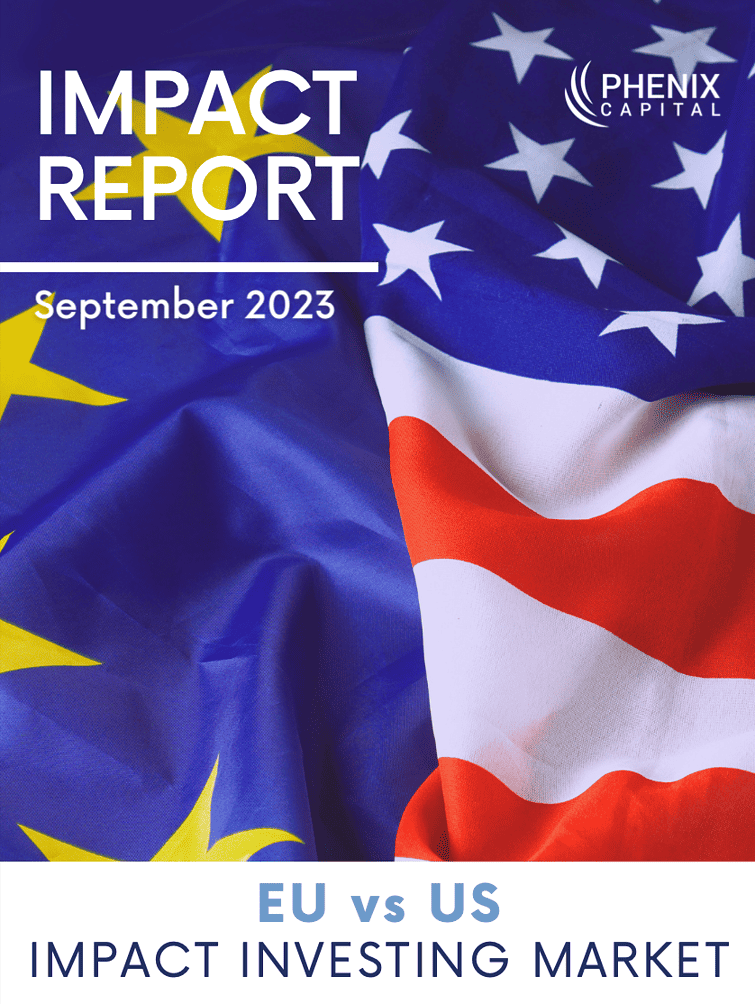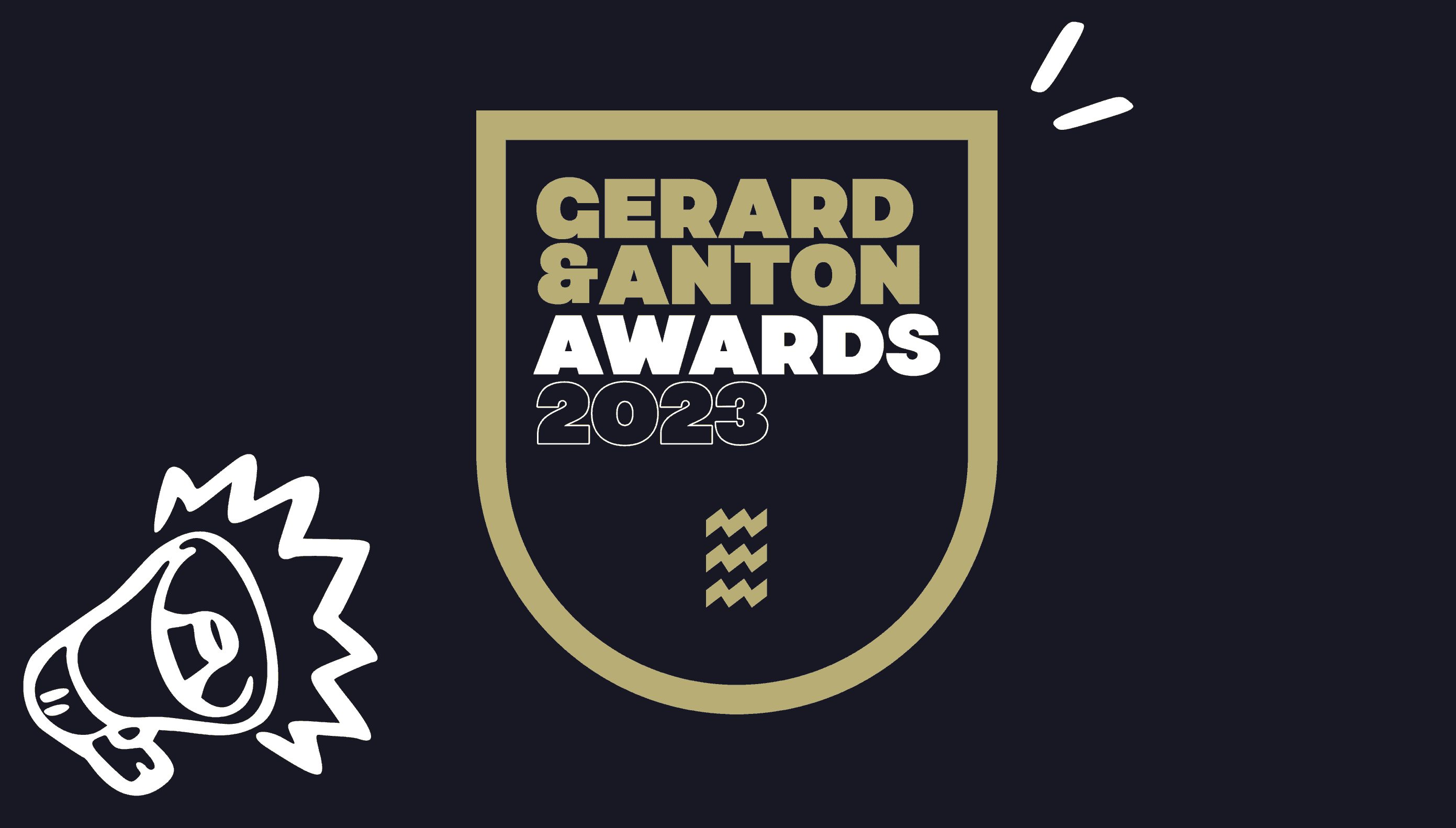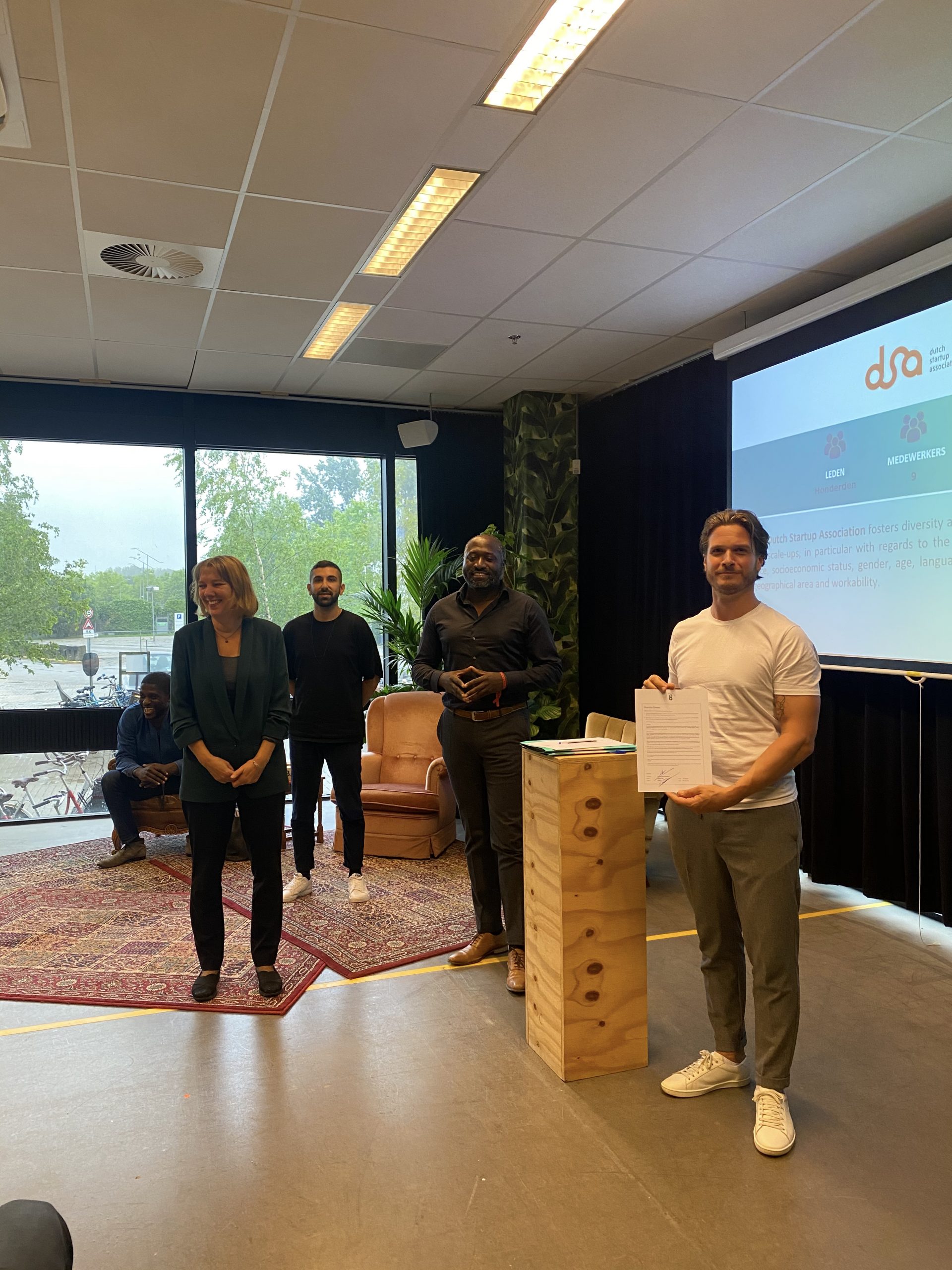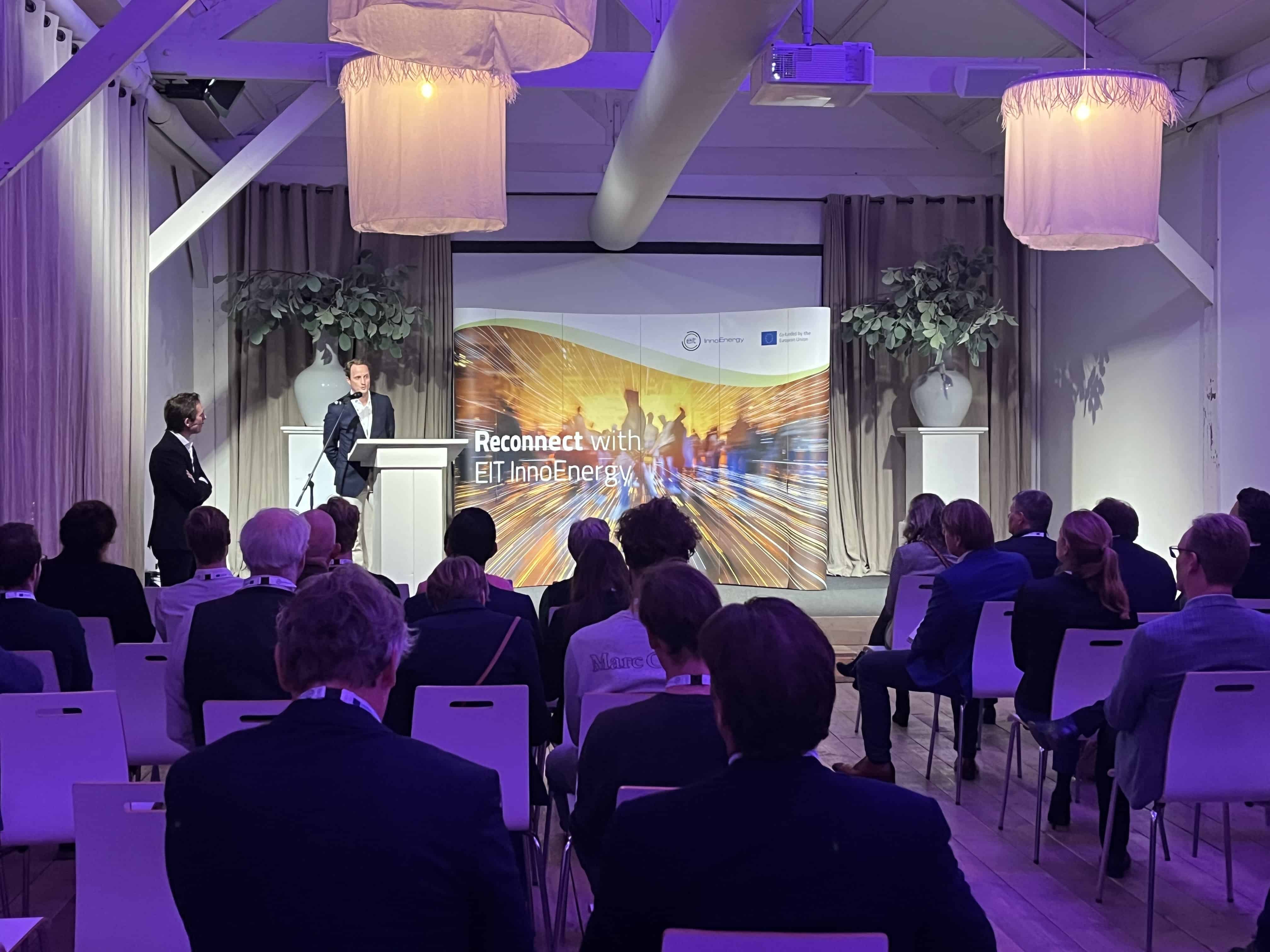

Ask a hundred people about the land of venture capitalism, and 99 will answer ‘the United States’. But in real life, this is not always true, we learn from Phenix Capital Group’s recent report titled ‘Impact Investing Market: EU vs. US‘. The research found out that the European impact investing market is burgeoning, with a total of 1,160 impact funds, outpacing the US’s 773. This 33% lead is not just in numbers; European investors are also more in number, with 775 compared to the US’s 433. This dominance suggests a more mature and receptive European market, potentially driven by regulatory support and investor appetite.
The report highlights a clear divide between the European and American impact investing markets. The report, released in September 2023, delves deeper into the intricacies of the venture capital landscape for impact start-ups in both regions. While sharing some similarities, the venture capital landscape for impact start-ups in the EU and the US is shaped by distinct cultural, historical, and regulatory factors. As the global impact investing market continues to grow, understanding these nuances becomes crucial for investors and policymakers alike.

Cultural Underpinnings
Diving into the cultural nuances, European investors have historically emphasized the importance of financial inclusion. They view it as an integral part of being a developed world. This perspective often leads them to accept marginally reduced returns favoring broader social and environmental goals. The American approach is somewhat different. With a robust culture of philanthropy, Americans have traditionally focused on maximizing profits, subsequently channeling a portion of these earnings to charities. This distinction underscores deeper societal values and approaches to wealth distribution and social responsibility.
The Birthplaces of Venture Capital
While the US is heralded as the birthplace of venture capital, Europe has its champions. Sir Ronald Cohen of the UK is a pivotal figure in the impact investment revolution. His influence suggests that while the US might have pioneered venture capital, Europe has played a significant role in steering it towards more socially conscious directions. In the Netherlands, for example, investors like Rubio Impact Ventures and Lumo Labs are examples of impact investing.

The Sustainable Investing Dilemma
The PitchBook 2023 Sustainable Investment Survey sheds light on a crucial difference in perception. North American investors, it seems, are wary of sustainable investing, with 42% fearing it might lead to negative returns. In contrast, only 20% of European respondents share this apprehension. This divergence in perception can shape investment strategies and risk appetites, potentially influencing the types of start-ups that secure funding.
Europe’s Proactive Stance
Europe’s proactive regulatory environment is a testament to its commitment to sustainable investing. Landmark regulations like the Sustainable Finance Disclosure Regulation (SFDR) and the Corporate Sustainability Reporting Directive (CSRD) have set the tone. These initiatives ensure that sustainability risks are integral to investment decisions and mandate companies to be transparent about their sustainability practices. Such regulations provide a clear framework for investors and drive companies to adopt more sustainable practices.

The Political vs. Regulatory Tug-of-War
While Europe grapples with concerns about regulations potentially becoming too onerous, the US faces a different challenge. Sustainable investing, especially with an ESG focus, is becoming increasingly politicized. This politicization can introduce volatility and unpredictability into the market, potentially deterring would-be investors.
Asset Allocation
Regarding asset allocation, European funds show a clear preference for private equity (47%) and real assets (33%). In contrast, US funds, while diverse, show a strong regional bias towards North America, with 68% of the 773 US funds investing in the region. These allocation trends provide insights into regional investment priorities and risk appetites.
Takeaways
What would be the most important takeaways for an impact investor, an impact start-up, and for governments?
For Impact Investors:
- Market Maturity: The European impact investing market is more mature, with a 33% lead in the number of impact funds compared to the US. This suggests a potentially more stable and receptive investment environment in Europe.
- Cultural Nuances: European investors prioritize financial inclusion, often accepting slightly reduced returns for broader social and environmental goals. In contrast, the US has a robust philanthropy culture, emphasizing maximizing profits and then donating to charities. Understanding these nuances can help in crafting investment strategies.
- Regulatory Landscape: Europe’s proactive regulatory environment, with initiatives like the SFDR and CSRD, provides a clear framework for sustainable investing. This can be both a guide and a safeguard for investors.
- Perception Challenges: The apprehension about sustainable investing leading to negative returns is more pronounced in the US. Investors need to be aware of this perception and possibly work towards dispelling such myths.

For Impact Start-ups:
- Funding Opportunities: With Europe having a more mature impact investing market, start-ups might find a more receptive audience for their pitches in Europe compared to the US.
- Regulatory Compliance: European start-ups need to be particularly aware of the stringent sustainability regulations, like the SFDR and CSRD, ensuring they align with these to attract investments.
- Cultural Alignment: Understanding the cultural priorities of investors can help start-ups tailor their pitches. For instance, emphasizing financial inclusion might resonate more with European investors, while showcasing potential profitability might appeal more to American investors.
- Diverse Asset Allocation: Given the diverse asset allocation trends, start-ups should be aware of the sectors and regions receiving the most attention and funding.
For Governments:
- Regulatory Clarity: The European model showcases the benefits of clear regulations promoting sustainable investing. Governments can use this as a blueprint to craft their policies.
- Promote Financial Inclusion: Recognizing the emphasis investors and start-ups place on financial inclusion, governments can create policies that promote and reward such initiatives.
- Address Perception Issues: Governments, especially in the US, can play a role in addressing and dispelling negative perceptions around sustainable investing, possibly through awareness campaigns and incentivizing sustainable practices.
- Balancing Act: While regulations are essential, the European concern about regulations becoming too onerous is a cautionary tale. Governments need to strike a balance to ensure regulations promote sustainability without stifling innovation or investment.
Read more about impact start-ups in our magazine, highlighting the winners of the 2023 Gerard & Anton Awards:







